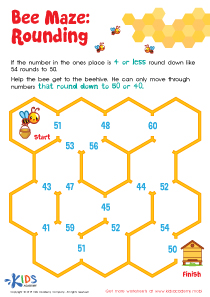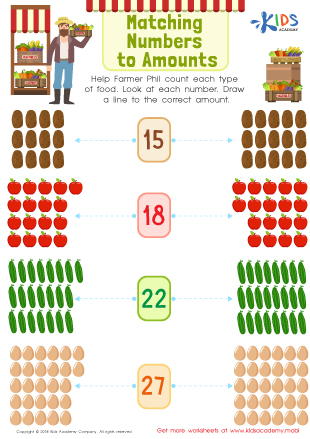Fine Motor Skills Numbers 11–20 Worksheets for Ages 5-6
6 filtered results
-
From - To
Boost your child’s fine motor skills with our engaging Numbers 11–20 worksheets, perfect for ages 5-6! Each carefully designed worksheet helps young learners practice counting, tracing, and writing numbers 11-20, enhancing their precision and hand-eye coordination. Fun activities like coloring and cutting provide additional creative motor practice. Ideal for parents and teachers aiming to support Kindergarten curriculum standards and develop foundational math fluency. Foster your child’s early learning and enjoy quality educational time together with our printable resources. Start strengthening fine motor skills and mastering numbers 11-20 today!
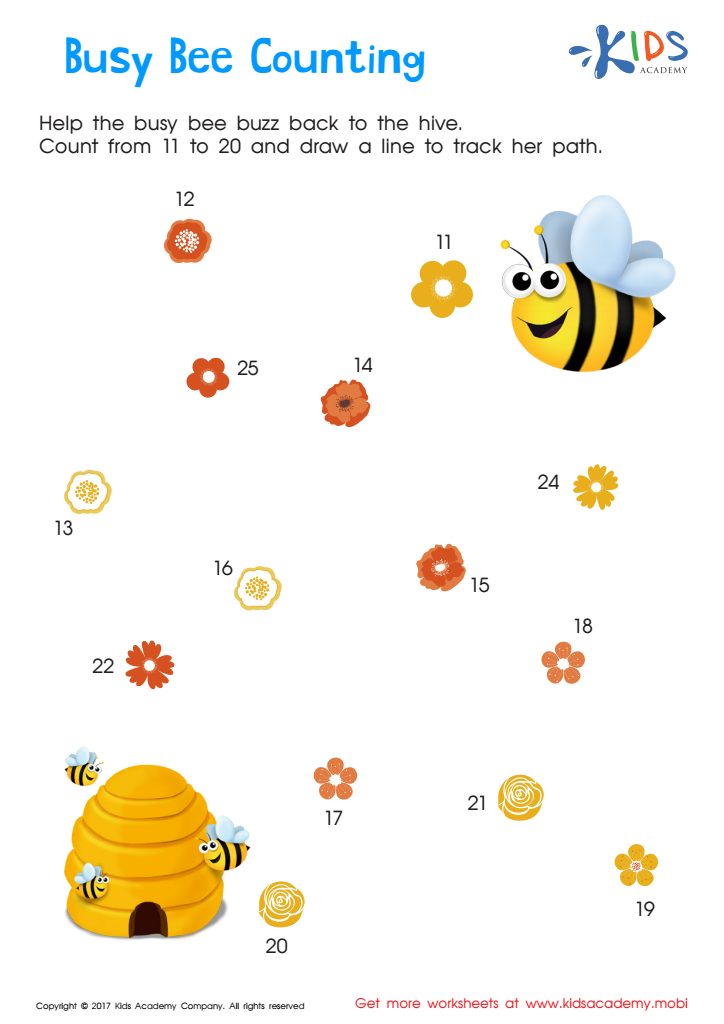

Ordering 11–20: Busy Bee Counting Worksheet
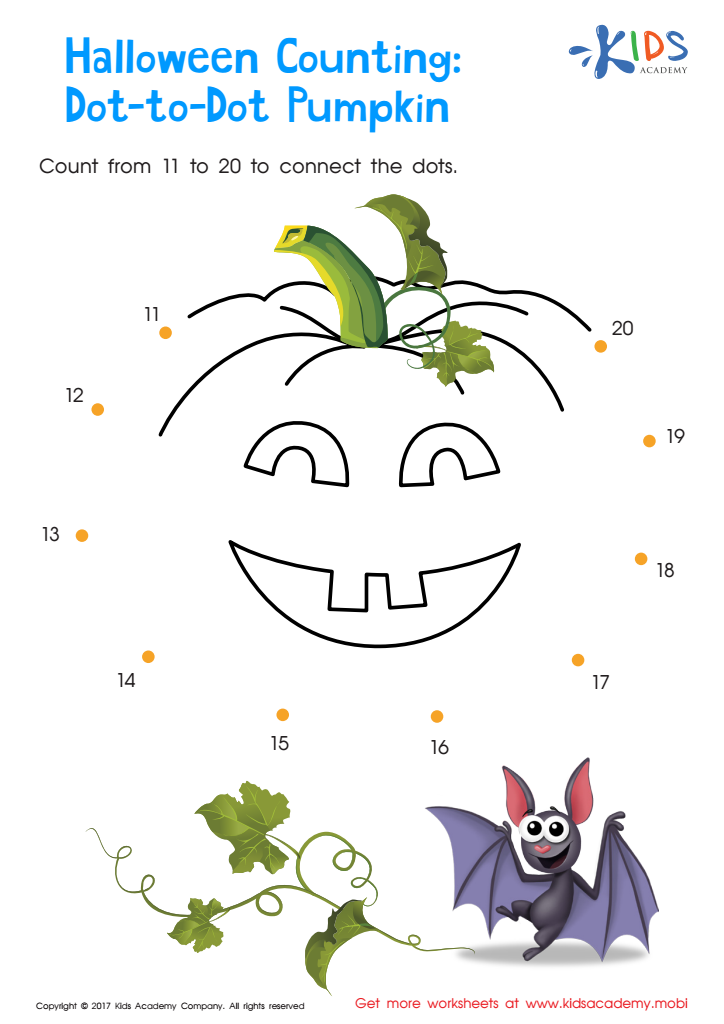

Ordering 11–20: Halloween Counting Worksheet


Ordering 11–20: Chicken & Egg Dot–to–dot Worksheet
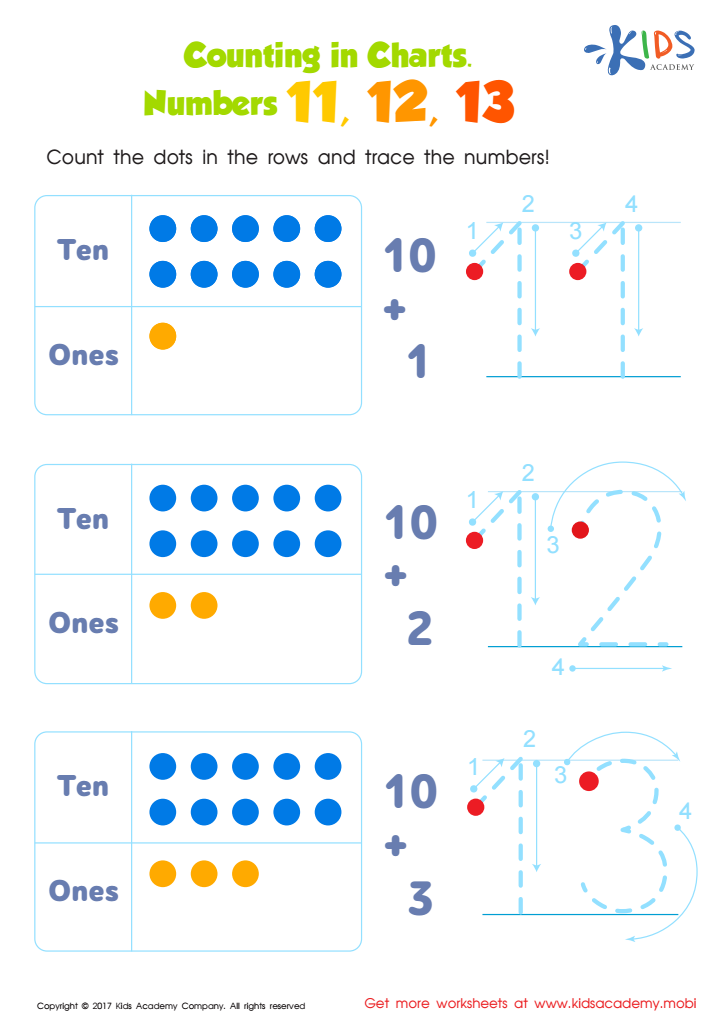

Number Tracing Worksheet For Kindergarten
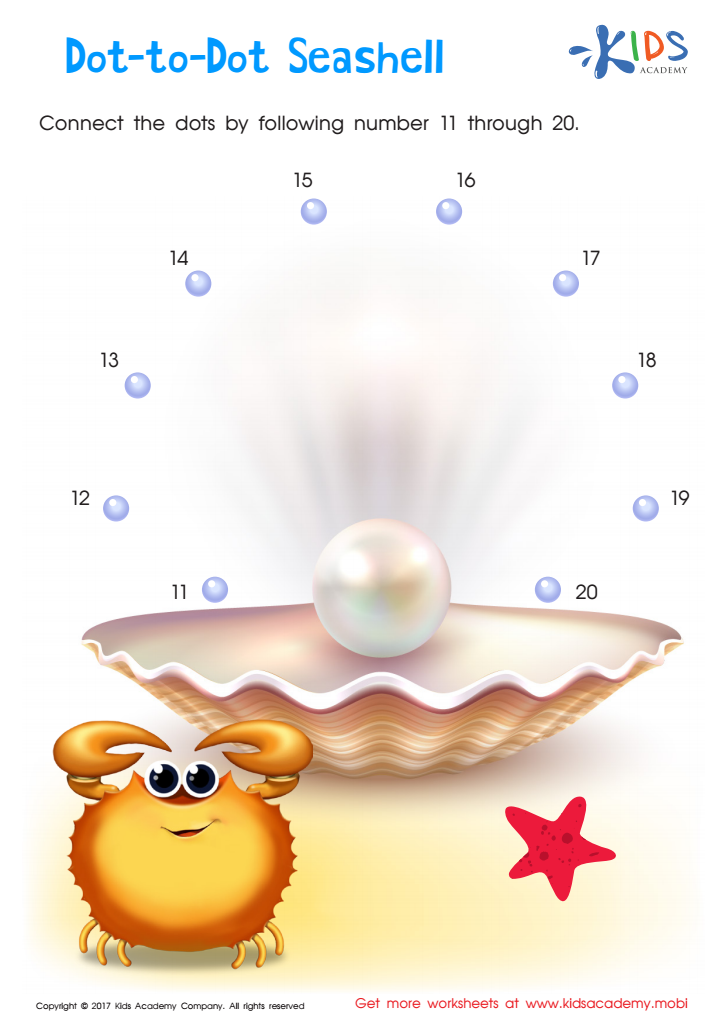

Ordering 11–20: Dot–to–dot Seashell Printable
Parents and teachers should pay close attention to the development of fine motor skills in 5-6-year-olds because these skills are critical for the child's overall academic and daily functioning. Fine motor skills involve the coordination of small muscles in movements, typically involving the synchronization of hands and fingers with the eyes. As children at this age learn to write numbers 11–20, which require more complex strokes compared to single-digit numbers, they refine their dexterity and control. This practice not only aids numeracy but also enhances their handwriting clarity.
These fine motor skills are integral to various other daily activities such as buttoning shirts, tying shoelaces, and handling small objects. A robust development of such skills lays a foundation for continued success in school by mastering tasks like competent utensil use and efficient manipulation of educational materials such as scissors and rulers. Proficiency in these areas boosts a child’s independence and self-esteem.
When educators and parents prioritize strengthening these skills through activities like drawing, bead threading, or simple math exercises involving writing numbers, they invest in a child’s long-term motor, cognitive, and social development, providing them a more comprehensive toolkit for tackling everyday challenges and learning experiences.
 Assign to My Students
Assign to My Students





